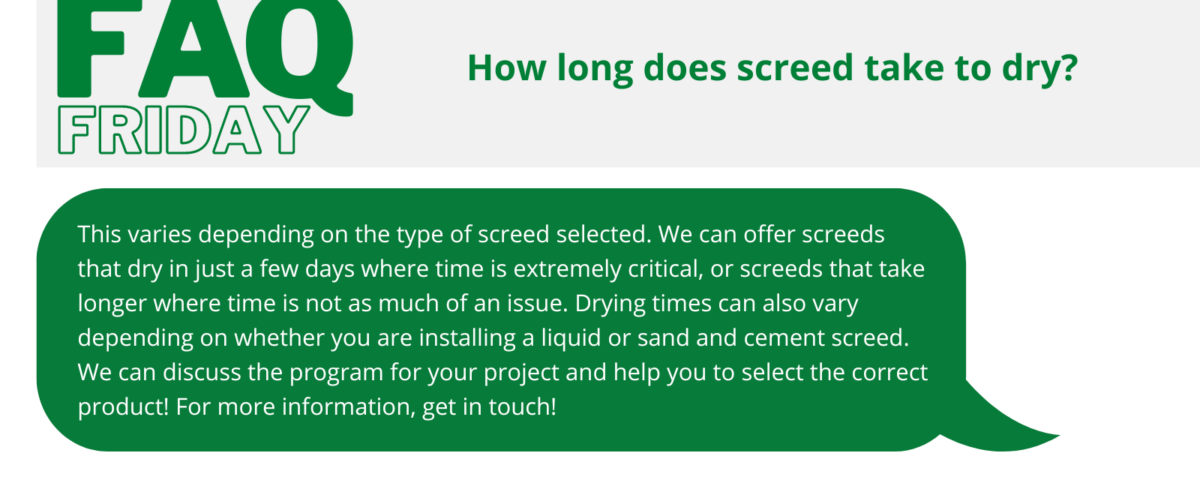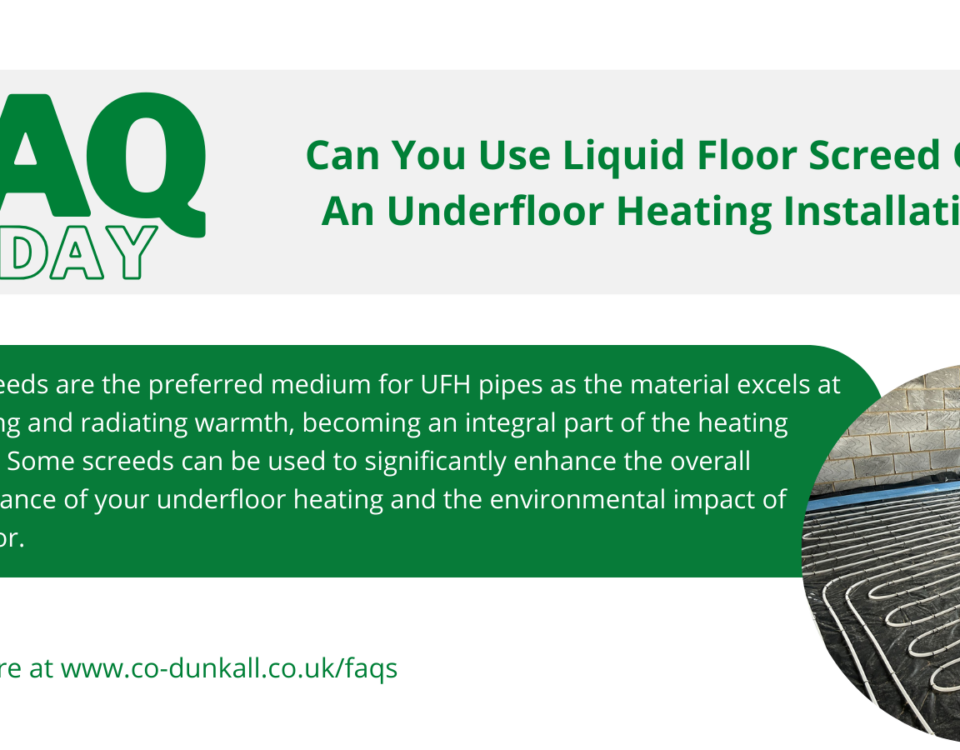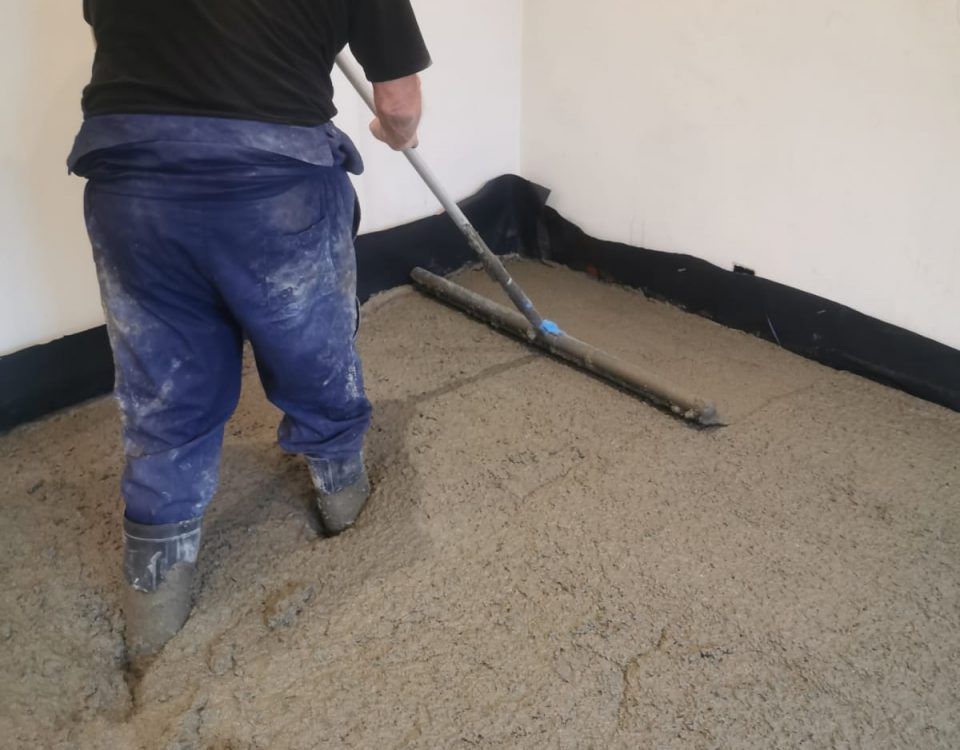## FAQ: How Long Does Screed Take to Dry?
When it comes to installing new floors, understanding the drying time of screed is crucial for achieving the best results. Whether you’re using liquid floor screed, liquid screed for underfloor heating, or a more traditional screed for underfloor heating, knowing how long it will take to dry can help you plan your project more effectively. Here’s a comprehensive guide to answer your frequently asked questions about screed drying times.
### What is Screed?
Screed is a construction material used to create a smooth, level surface before laying the final flooring. It’s often used in conjunction with underfloor heating systems to provide a stable base for the flooring material.
### How Long Does Liquid Floor Screed Take to Dry?
Liquid floor screed, also known as self-leveling screed, is a popular choice due to its ease of application and smooth finish. On average, liquid floor screed takes about 24 to 48 hours to become walkable. However, for it to reach its full strength and be suitable for flooring installation, it typically requires around 7 to 14 days. Always check the manufacturer’s recommendations as drying times can vary based on the specific product used and environmental conditions.
### How Does Drying Time Differ for Liquid Screed for Underfloor Heating?
When using liquid screed for underfloor heating, drying times can be influenced by the heating system. Liquid screed can be designed to work in conjunction with underfloor heating, which can affect the drying time. Generally, it is recommended to wait about 7 days before turning on the underfloor heating system. This allows the screed to set properly without premature stress, which could affect the overall performance of your underfloor heating system.
### What About Traditional Screed for Underfloor Heating?
Traditional screed for underfloor heating typically requires a longer drying time compared to liquid screed. You should expect to wait around 14 to 28 days before the screed reaches its full strength and can support the installation of flooring. The drying time can vary based on factors such as screed thickness, environmental conditions, and the type of screed mix used.
### Why is the Drying Time Important?
Understanding and adhering to the recommended drying times for screed is essential for several reasons:
1. **Prevent Cracking**: Allowing the screed to fully dry before subjecting it to heavy loads helps prevent cracking and ensures a smooth, stable surface.
2. **Optimal Performance**: For underfloor heating systems, proper drying ensures that the screed can effectively conduct heat and perform as intended.
3. **Avoid Delays**: Proper planning around screed drying times can prevent delays in your flooring installation and overall project timeline.
### Tips for Ensuring Proper Drying
1. **Maintain Optimal Conditions**: Keep the room at a consistent temperature and humidity level to help the screed dry evenly.
2. **Avoid Excessive Moisture**: Ensure that there is adequate ventilation to avoid moisture buildup, which can extend drying times.
3. **Follow Manufacturer Instructions**: Always follow the specific drying recommendations provided by the screed manufacturer for best results.
### Conclusion
Whether you’re working with liquid floor screed, liquid screed for underfloor heating, or a traditional screed for underfloor heating, knowing how long it takes to dry is key to a successful flooring project. By allowing adequate time for the screed to set and cure properly, you’ll ensure a durable and high-quality finish for your flooring.
For the best outcome, always refer to the manufacturer’s guidelines and consider environmental factors that may impact drying times. Proper preparation and patience will ultimately result in a smooth and reliable surface ready for your new flooring.
Liquid Screed vs Sand and Cement Screed
Liquid Screed vs Sand and Cement Screed




